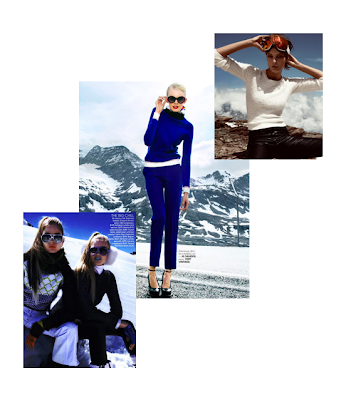
When most patients hear the word sunburn they automatically think of red shoulders or burnt noses. While most remember to cake on the sunscreen before going to the beach many people forget about protecting their eyes.
Journalist Anderson Cooper recently reported an incident of a sunburned eye while on location in Portugal for an assignment for a CBS 60 Minutes. Cooper suffered from sunburn to his eye and went temporarily blind for 36 hours. He said in his report that he “woke up in the middle of the night and it felt like his eyes were on fire.”
This is a very common and under diagnosed problem in the winter. Advising patients on sun protection should include winter sun protection particular eye protection. Ultraviolet rays from the sun reflect off water and snow much brighter than off pavement or grass. Counseling your patients to wear ultraviolet sunglasses or contacts that have polarized lenses which will prevent sunburn of the eyes. Wearing a hat with a wide brimmed hat will also shield the sun’s UV rays. The best sunglasses will screen out 75 to 90 percent of visible light and should block approximately 95 percent of ultraviolet A and 99 percent of ultraviolet B radiation.
So how do you know if your patients’ eyes are sunburned? The eyes will begin to feel a painful irritation, appear red, have blurred vision, a gritty sand-like feeling and possibly temporary loss of vision. Poor sun protection of the eyes can later lead to cataracts, benign growths on the eye, and skin cancer of the eyelid.
In the case of sunburn, I tell my patients to try to stay out of the sun and regularly use lubricating eye drops to ease the irritation. Symptoms should disappear in a few days. However if there is dry, blurred vision or a loss of vision, I tell them to cover the eye immediately and get their eyes evaluated as soon as possible by an ophthalmologist.
In summary, winter eye protection is a must. Polarized contacts and sunglasses as well as wide-brimmed hats can protect against UV damage and future visual impact.


